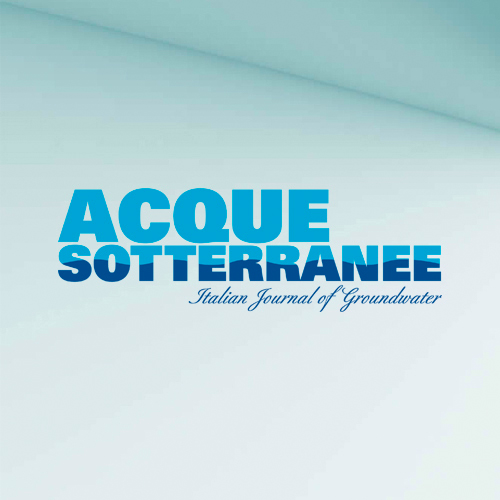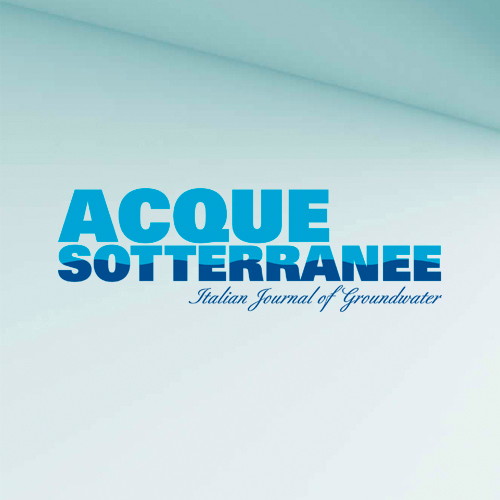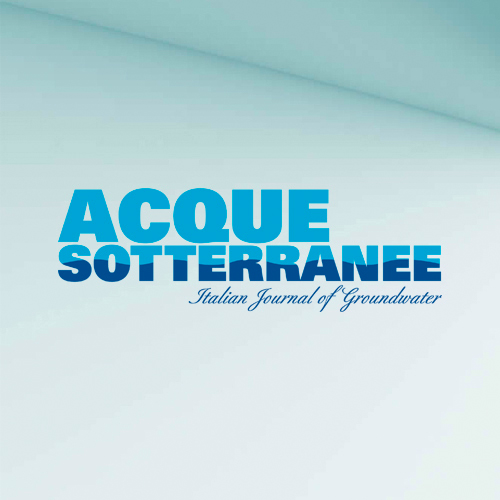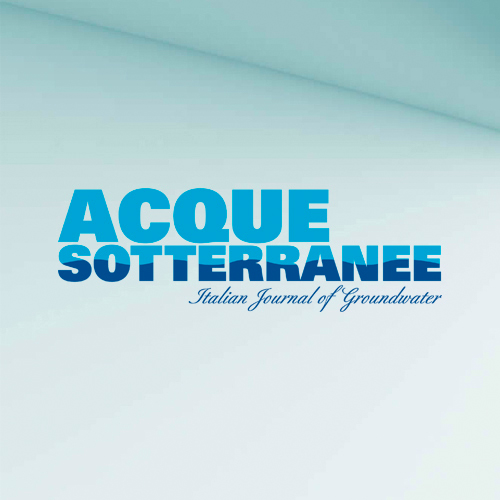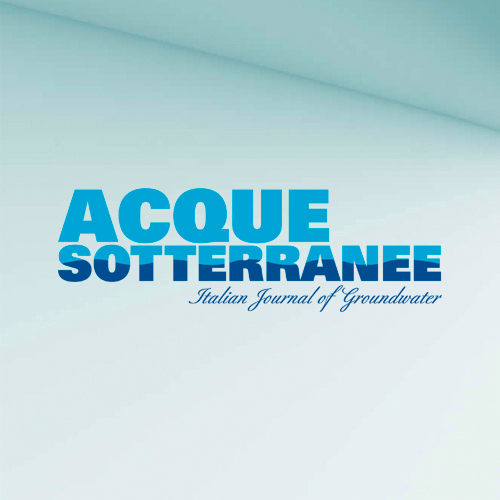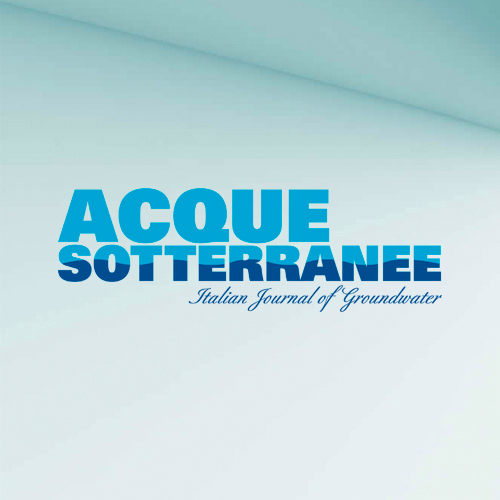Verification of experimental saltwater intrusion interface in unconfined coastal aquifers using numerical and analytical solutions
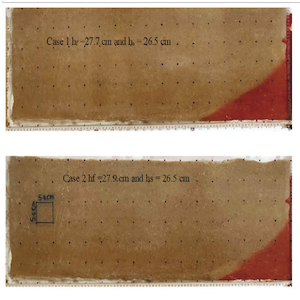
All claims expressed in this article are solely those of the authors and do not necessarily represent those of their affiliated organizations, or those of the publisher, the editors and the reviewers. Any product that may be evaluated in this article or claim that may be made by its manufacturer is not guaranteed or endorsed by the publisher.
Authors
Saltwater intrusion (SWI) is a widespread environmental problem that poses a threat to coastal aquifers. To address this issue, this research employs both numerical and experimental methods to study saltwater intrusion under the impact of sea level rise and varying freshwater boundary conditions in two homogeneous aquifers. The study compares transient numerical groundwater heads and salt concentrations to experimental results under receding-front and advancing front conditions. In the low permeability aquifer, the root mean square error is 0.33 cm and the R2 is greater than 0.9817. Similarly, in the high permeability aquifer, the root mean square error is 0.92 cm and the R2 is greater than 0.9335. The study also compares the results of ten experimental tests for steady-state saltwater intrusion wedge and toe length with seven different analytical solutions. The experimental results are then compared to these analytical solutions to find the most suitable equation. The Rumer and Harleman equation shows good agreement with experimental saltwater intrusion wedge, while the Anderson equation is a good fit for saltwater intrusion toe length. Overall, this research provides valuable insights into saltwater intrusion in coastal aquifers, and the findings can be used to inform policies and management strategies to mitigate the negative impacts of saltwater intrusion. The investigation shed light on how inland water head and Sea Level Rise (SLR) affect SWI behavior.
How to Cite

This work is licensed under a Creative Commons Attribution-NonCommercial 4.0 International License.
PAGEPress has chosen to apply the Creative Commons Attribution NonCommercial 4.0 International License (CC BY-NC 4.0) to all manuscripts to be published.








